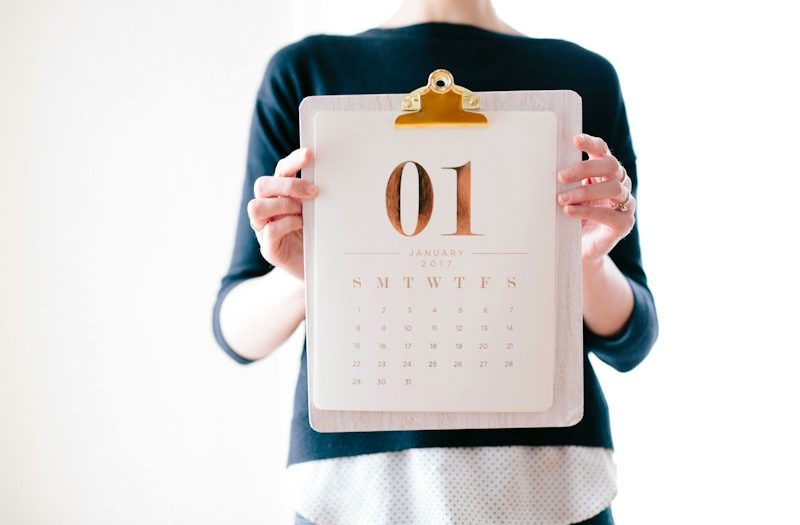Calendars are an essential part of our daily lives, helping us stay organized, plan events, and manage our time efficiently. But have you ever stopped to think about the intricate process behind creating the calendars we rely on year after year? Calendar printing is a fascinating blend of art and science, combining design aesthetics with precision engineering. In this blog, we’ll delve into the world of calendar printing to understand how these handy tools come to life.
The Art of Calendar Design:
- Creative Concepts: The calendar design process begins with brainstorming creative concepts. Designers consider the theme, style, and target audience, which can range from corporate clients to art enthusiasts. The design should resonate with the calendar’s purpose, whether it’s promotional, artistic, or informative.
- Layout and Imagery: Layout is crucial in calendar design. Designers carefully arrange the days of the month, leaving space for images, artwork, or custom branding. High-quality images, artwork, or illustrations are chosen to enhance the visual appeal.
- Typography and Color: Typography and color selection are also pivotal. Fonts need to be legible, and colors must align with the overall theme. Designers use color psychology to evoke specific emotions or brand identities.
- Customization: Many organizations opt for customized calendars that represent their brand, mission, or values. This includes adding a logo, company information, or unique features like QR codes for digital interaction.
The Science of Calendar Printing:
- Printing Technology: Once the design is finalized, the science of calendar printing takes over. Offset printing is commonly used for high-quality, large-volume production, ensuring sharp images and consistent colors. Digital printing is an option for short runs and variable data.
- Paper Selection: Choosing the right paper is vital. Factors like paper weight, texture, and finish influence the overall look and feel of the calendar. A glossy finish may be chosen for vibrant images, while a matte finish offers a more subtle appearance.
- Binding Methods: Calendars are bound in various ways, including saddle stitching, wire-O binding, or spiral binding. The choice depends on the design, size, and intended functionality of the calendar.
- Quality Control: Quality control is crucial. Each calendar is meticulously checked for accuracy, color consistency, and any printing defects. This step ensures that the final product meets the design specifications.
- Packaging and Distribution: After printing and quality checks, the calendars are packaged for distribution. This stage involves careful handling to prevent any damage during transportation.
The Environmental Consideration:
In recent years, there has been a growing concern about the environmental impact of printing. Many calendar printers now offer eco-friendly options, such as using recycled paper, eco-friendly inks, and sustainable printing processes. Additionally, digital calendars and online options have gained popularity as a more environmentally friendly alternative to traditional printed calendars.
Conclusion:
Calendar printing is a fascinating blend of art and science. The creative design process is a testament to the artistic vision behind each calendar, while the technical aspects of printing ensure that the final product is not only aesthetically pleasing but also functional and accurate. As you flip through your calendar, whether it’s on your desk, hanging on your wall, or stored on your device, take a moment to appreciate the intricate work that goes into creating this essential tool for managing time and staying organized.
